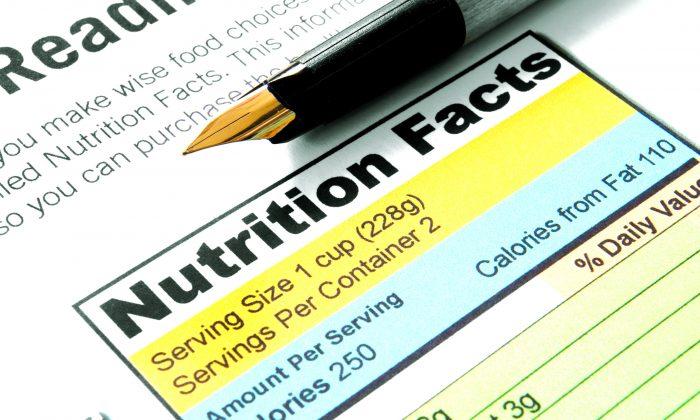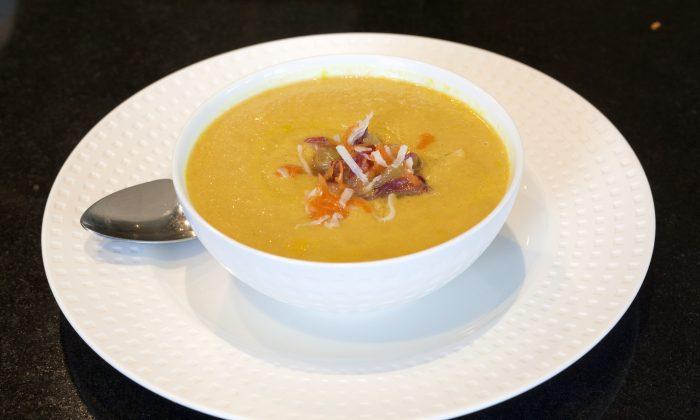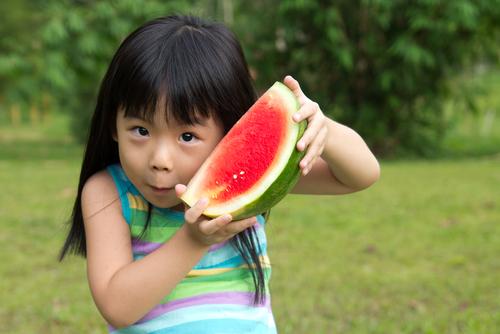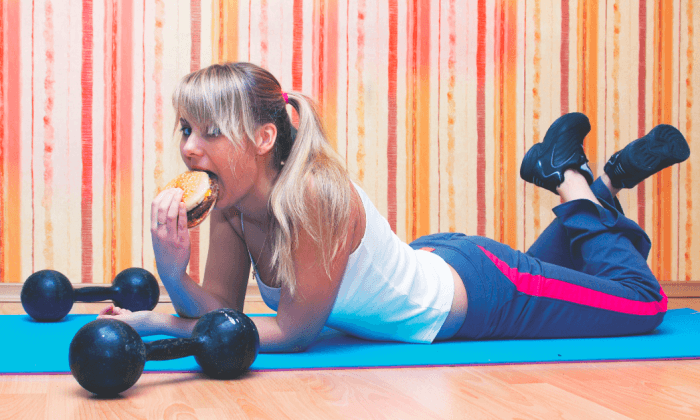The language of labels can be quite tricky, but reading the ingredient panel before you buy a product is a must.
There are over 14,000 additives used in commercially prepared foods today. Some are far more complicated and potentially dangerous than others, and manufacturers, restaurateurs and those who make our food are not required to disclose the hazards.
Read the labels on packaged foods and avoid artificial chemicals, colors, chemical preservatives (MSG, BHA, BHT, nitrates), bleached white flour, hydrogenated fats, and eight-syllable words.
If you can’t pronounce it, does it belong on your plate?
The Steer Clear List
This is a list of foods that you should under no circumstances put in that precious body of yours or anyone else you care about:
1. Artificial colors: Food colorings are used to make food look more appealing or to replace colors lost in processing. However, don’t let these colors deceive you. Artificial colorings are synthetic dyes that are often coal-tar derivatives. They are suspected to cause allergies, asthma, hyperactivity, and are potentially carcinogenic.
Chief culprits: Candy, beverages, soda, gelatin desserts, pastries, sausage, baked goods, even fruits like green oranges sprayed with red dye to make them look ripe.
Tip: Keep it real with a rainbow of fresh fruit and veggies, natural juices, and additive-free snacks.
2. Artificial preservatives (BHA, BHT, EDTA, Sodium Benzoate, etc): You may see these ingredients in chips, fried snack foods, baked goods, carbonated drinks, cheese spreads, hummus, salsa, chewing gum, ice cream, breakfast cereals, and even cosmetics.
These preservatives are actually synthetic petroleum-based and fat soluble antioxidants, used by manufacturers to prevent oxidation and retard rancidity. They can cause cancer, allergic reactions, and hyperactivity, and BHT may be toxic to the nervous system and the liver.
Tip: Choose food and drinks labeled with “no artificial antioxidants.” Avoid poor quality vegetable oils. Look for cold-pressed virgin oil, which contains natural antioxidants such as Vitamin E. Eat fresh produce that doesn’t contain these preservatives.
3. Nitrites and Nitrates: Love your bacon in the morning and salami at lunch time? Cured, preserved, and smoked meats are often saturated with nitrites and nitrates to preserve shelf life and give it a “healthy” pink hue. These two preservatives may prevent the growth of bacteria but can also transform into cancer-causing agents called nitrosamines in the stomach. They may also produce noticeable side effects like headaches, nausea, vomiting, and dizziness.
Tip: Look for nitrite and nitrate-free processed meats and opt for meat-free alternatives to mix it up.
4. Monosodium Glutamate (MSG): You may be happy that you’re dining in restaurants that say “No MSG”, but did you know that MSG lurks in all kinds of sauces used to prepare the foods that you thought were MSG-free? There are also significant amounts in all kinds of snacks, seasonings, candy, even infant formula, over-the-counter medications, and nutritional supplements.
Tip: Buy MSG-free snacks and read labels so you can make healthier choices.
Practice this for 31 days and before you know it, you’ll become a label queen or king, knowing how to decipher ingredients like a polyglot.
Mareya Ibrahim is The Fit Foody, an award-winning chef on Everyday Health’s Emmy-nominated show “Recipe Rehab,” and author and founder of EatCleaner.com. Her book “The Clean Eating Handbook,” a guide on how to eat cleaner and get leaner, was released in May 2013.






Friends Read Free